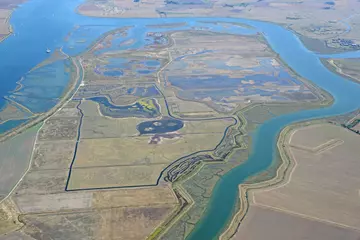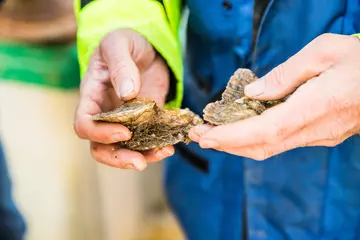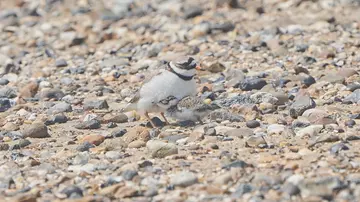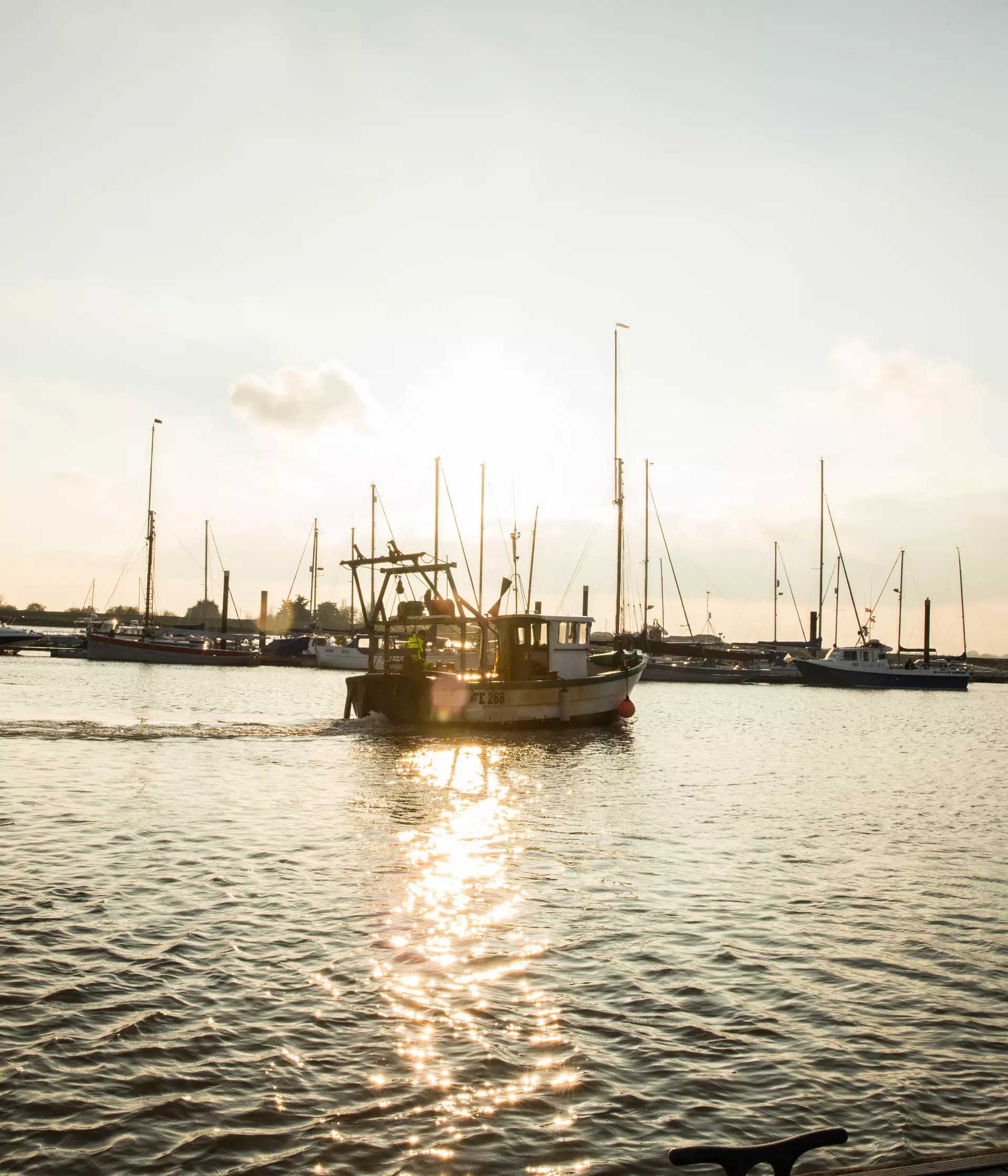
marineandfreshwater@zsl.org
The Transforming the Thames Partnership has a vision of the the Thames Estuary Restored, Reconnected and Resilient; an Outstanding Coastal Wetland for Communities and Wildlife.
Through the Transforming the Thames project, we will re-connect the currently fragmented landscape through habitat protection, repair, and restoration over the next 10 years and beyond. We will do this by developing a coastal habitat restoration plan for the Greater Thames Estuary at a seascape scale, co-created and collaborated by stakeholders across the estuary. Our plan is to restore this damaged landscape where functional habitats have dwindled, to its full potential with thriving and connected habitats.

Project Partners
Funders
This project is supported by the Endangered Landscapes & Seascapes Programme, managed by the Cambridge Conservation Initiative in partnership with Arcadia.
The importance of the Thames.
The Greater Thames Estuary is one of the most important wildlife sites in Europe containing a coastal wildness, a complex of inter-tidal and freshwater wetlands with a rich tapestry of habitats. It is known for nationally important populations of birds, rare invertebrates, and essential fish habitat including fish nurseries, and foraging areas for the Critically Endangered European eel.

These habitats also provide a multitude of ecosystem services. For example, seagrass and saltmarsh are some of the most effective habitats for capturing and storing carbon in the world. Furthermore, ecologically healthy coastal habitats are a major contributor to flood and coastal erosion risk management, and native oysters are ecosystem engineers, cleaning the water of pollution.
Local communities are also supported by healthy habitats through the provision of food from commercial fish and saltmarsh plants. Commercial fishing boosts local income, as does wildlife watching and local tourism.

Condition of the Thames
Despite its high value to wildlife and to us, the Greater Thames Estuary has been severely degraded. The loss and fragmentation of these habitats means that today, in comparison to the past, the Greater Thames Estuary contains only a fraction of the coastal habitats it once had. This makes the estuary more vulnerable to disease and storm events, and the remaining habitats lack the size or quality to regenerate and withstand further threats. Fragmentation and degradation also means that the true potential of ecosystem services in the estuary are not being realised, including its capacity to mitigate against climate change which is more important now than ever before.
What we're doing.
We have partnered with 17 organisations to undertake an ambitious restoration project in the Greater Thames Estuary based on a more joined up seascape approach to restoration in the Thames. There is already substantial conservation work ongoing in the project area, but by coming together collaboratively the Partnership can take a systematic coordinated approach to improving the entire estuary system. We will use the collective knowledge of the Partnership to strategically identify priority areas for conservation, such as those which will maximise connectivity.
Focal habitats
The Transforming the Thames Habitat Restoration plan will focus on the whole seascape of the Thames estuary, and the full swathe of habitats on the marine-terrestrial border will benefit, if not directly then indirectly, through increasing connectivity between those habitats. However, the plan will primarily consider six focal habitats; native oysters, intertidal seagrass, saltmarsh, coastal grazing marsh, sand and shingle bird nesting habitat, and saline lagoons.

Timeline
We will have the habitat restoration plan completed by March 2025, and hope to commence the first five years of delivery from later that year. However, the habitat restoration plan will consider a much longer timeframe beyond the first five years, with consideration of projects that could be delivered up to 2055.
